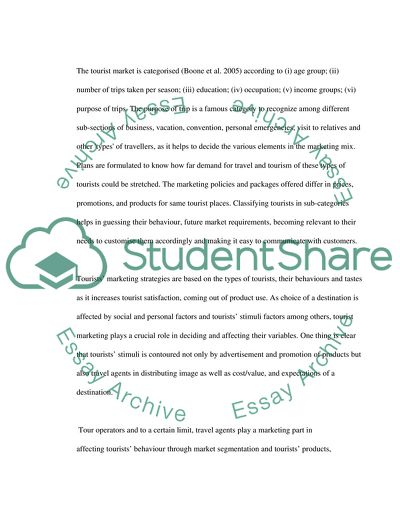Cite this document
(Marketing of the UK Tourism Agencies Essay Example | Topics and Well Written Essays - 2500 words, n.d.)
Marketing of the UK Tourism Agencies Essay Example | Topics and Well Written Essays - 2500 words. https://studentshare.org/marketing/1705797-critically-analise-marketing-strategies-in-tour-operator-agencies-in-the-uk
Marketing of the UK Tourism Agencies Essay Example | Topics and Well Written Essays - 2500 words. https://studentshare.org/marketing/1705797-critically-analise-marketing-strategies-in-tour-operator-agencies-in-the-uk
(Marketing of the UK Tourism Agencies Essay Example | Topics and Well Written Essays - 2500 Words)
Marketing of the UK Tourism Agencies Essay Example | Topics and Well Written Essays - 2500 Words. https://studentshare.org/marketing/1705797-critically-analise-marketing-strategies-in-tour-operator-agencies-in-the-uk.
Marketing of the UK Tourism Agencies Essay Example | Topics and Well Written Essays - 2500 Words. https://studentshare.org/marketing/1705797-critically-analise-marketing-strategies-in-tour-operator-agencies-in-the-uk.
“Marketing of the UK Tourism Agencies Essay Example | Topics and Well Written Essays - 2500 Words”. https://studentshare.org/marketing/1705797-critically-analise-marketing-strategies-in-tour-operator-agencies-in-the-uk.


